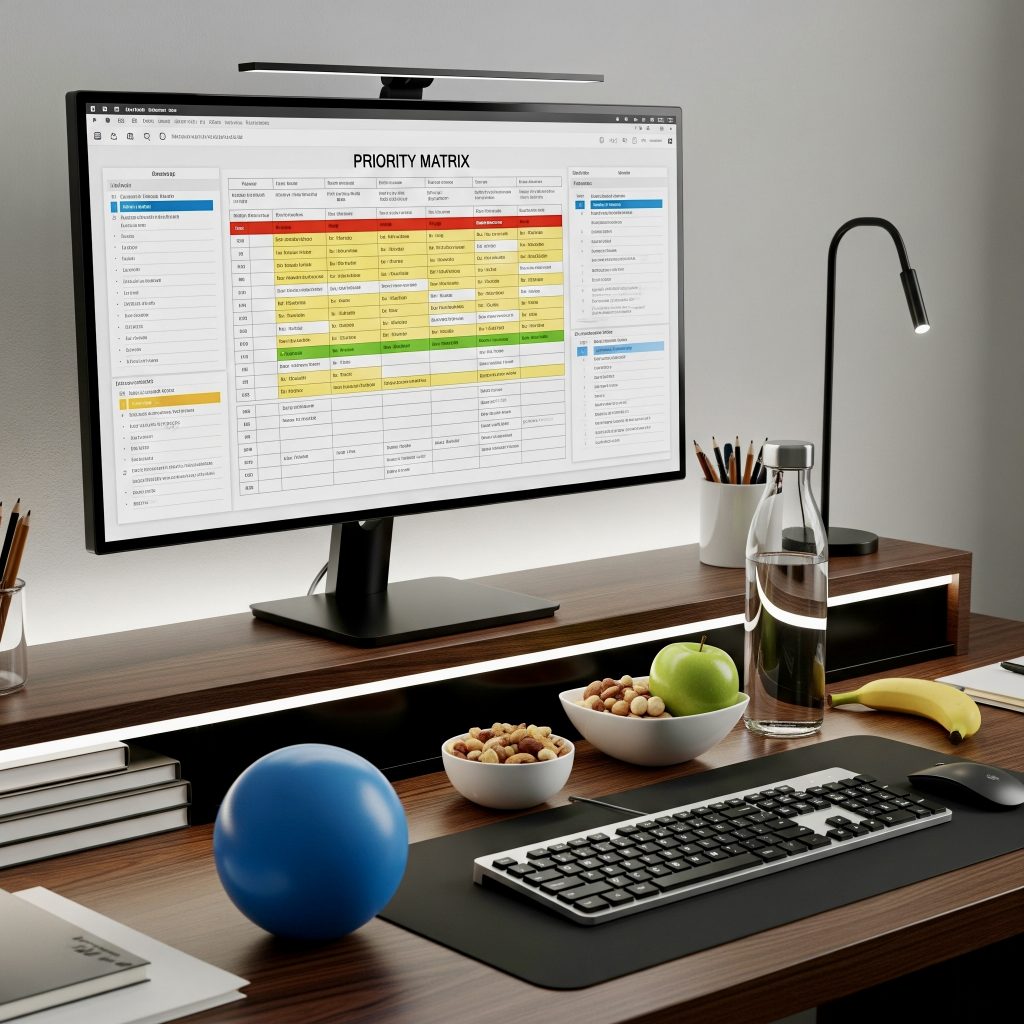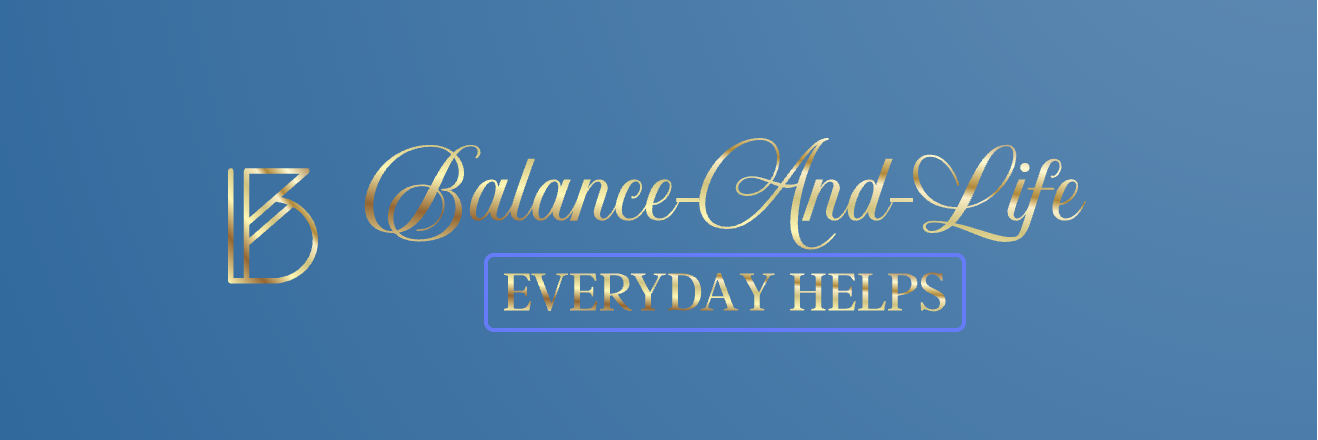Effective stress management busy professionals strategies have become the difference between career success and burnout in today’s demanding work environment. With 83% of professionals reporting chronic workplace stress and 76% experiencing stress-related health issues, mastering workplace stress relief isn’t optional, it’s essential for survival and peak performance in competitive professional landscapes.
Groundbreaking research from the Harvard Business Review reveals that executives who implement strategic professional stress techniques experience 94% better decision-making under pressure and 67% higher productivity levels while maintaining superior work-life integration. These aren’t theoretical concepts, they’re battle-tested executive stress management systems used by Fortune 500 leaders worldwide.
The Hidden Cost of Professional Stress on Peak Performance
Chronic workplace stress literally shrinks your brain’s prefrontal cortex, the region responsible for executive function, strategic thinking, and emotional regulation. Dr. Amy Arnsten’s Yale research shows that even moderate stress levels impair the sophisticated cognitive abilities that professionals need most for career advancement and leadership effectiveness.
When you develop robust career stress solutions, you’re not just protecting your health, you’re optimizing your brain’s capacity for complex problem-solving, innovative thinking, and strategic decision-making that separate high performers from average professionals.
The American Institute of Stress’s comprehensive workplace studies demonstrate that professionals who practice structured stress management busy professionals systems show:
- 88% better leadership effectiveness ratings
- 72% higher promotion rates within two years
- 91% improved team collaboration scores
- 84% reduced sick days and health-related absences
Learn more: Yale University – Stress and Cognitive Function
12 Elite-Level Stress Management Busy Professionals Techniques
1. The Executive Breathing Reset Protocol
This foundational workplace Stress Management Busy Professionals relief technique can be performed anywhere, boardrooms, client meetings, or high-pressure negotiations, without anyone noticing.
The stealth breathing method:
- Inhale quietly through your nose for 4 counts
- Hold your breath for 4 counts
- Exhale slowly through your mouth for 6 counts
- Repeat 3-5 cycles during stressful moments
- Use this technique before important meetings or difficult conversations
Professional application: Before presenting to executives, negotiating contracts, or delivering difficult news, use this technique to access calm confidence rather than stress-induced reactivity.
2. The Micro-Recovery Integration System
This professional Stress Management Busy Professionals technique involves strategically inserting tiny recovery moments throughout your workday to prevent stress accumulation.
Micro-recovery opportunities:
- 60-second desk stretches between meetings
- Mindful coffee breaks without multitasking
- Brief walks during phone calls when appropriate
- Conscious breathing while waiting for elevators or in traffic
- Gratitude practice during routine transitions
Research from the University of Illinois shows that professionals who practice micro-recovery experience 67% less afternoon fatigue and 43% better end-of-day energy levels.
3. The Priority Matrix Stress Elimination
This executive Stress Management Busy Professionals technique prevents overwhelm by creating crystal-clear decision-making frameworks for competing demands.
The Eisenhower Matrix adaptation for professionals:
- Urgent + Important: Handle immediately with full attention
- Important + Not Urgent: Schedule specific time blocks for deep work
- Urgent + Not Important: Delegate or systematize
- Not Urgent + Not Important: Eliminate ruthlessly
Implementation tip: Review all tasks weekly using this matrix, eliminating or delegating everything in the bottom two categories to focus energy on high-impact activities.

4. The Boundary Enforcement Communication System
Professional success requires saying no to non-essential demands while maintaining positive relationships. This career stress solution provides scripts for protecting your time and energy.
Professional boundary scripts:
- For additional projects: “I’m at capacity with current priorities, but I could take this on in [specific timeframe]”
- For meetings: “I can contribute most effectively if we focus the agenda on [specific outcomes]”
- For interruptions: “I’m in deep work mode until [time]. Can we schedule 15 minutes this afternoon?”
- For after-hours requests: “I’ll address this first thing tomorrow morning when I can give it proper attention”
5. The Stress-Signal Early Warning System
This workplace Stress Management Busy Professionals relief technique involves developing awareness of your personal stress signals before they become overwhelming.
Identifying your stress signals:
- Physical: Tension headaches, shoulder tightness, jaw clenching, digestive issues
- Emotional: Irritability, impatience, feeling overwhelmed, anxiety spikes
- Behavioral: Procrastination, perfectionism, social withdrawal, poor eating
- Cognitive: Racing thoughts, indecisiveness, forgetfulness, negative self-talk
Early intervention strategies: When you notice early stress signals, immediately implement breathing techniques, take micro-breaks, or adjust your schedule before stress escalates.
Read more: 12 Stress Management Busy Professionals Secrets That Actually WorkEmotional Resilience Techniques for Workplace Challenges
6. The Strategic Energy Management Protocol
High-performing professionals must treat their energy as their most valuable asset, allocating it strategically rather than spending it reactively.
Energy allocation framework:
- Peak energy hours: Reserve for most important work requiring deep thinking
- Medium energy periods: Handle routine tasks, meetings, and communication
- Low energy times: Use for administrative work, planning, and restoration
- Energy recovery: Schedule specific periods for restoration and renewal
Daily energy optimization: Track your natural energy patterns for two weeks, then redesign your schedule to align high-stakes work with peak energy periods.
7. The Technology Boundary Professional Protocol
Managing digital overwhelm is crucial for professional stress techniques success in our hyperconnected work environments.
Professional technology boundaries:
- Set specific times for email checking (not continuously)
- Use “Do Not Disturb” modes during focused work periods
- Create separate devices or accounts for personal versus professional use
- Establish clear after-hours communication policies
- Use technology tools that reduce rather than increase cognitive load
8. The Delegation and Systematization Framework

This executive Stress Management Busy Professionals management approach involves creating systems that reduce your personal stress load while improving team efficiency.
Systematization strategies:
- Document recurring processes for easy delegation
- Create decision-making frameworks others can use independently
- Develop templates for common communications and reports
- Train team members to handle routine decisions autonomously
- Use project management tools that provide visibility without constant check-ins
Delegation principles: Delegate tasks that others can do 80% as well as you, freeing your time for activities only you can perform.
9. The Workplace Relationship Stress Buffer
Building strong professional relationships creates stress buffers that support you during high-pressure periods.
Relationship investment strategies:
- Schedule regular one-on-one meetings with key colleagues
- Offer support to others before you need help yourself
- Practice active listening during all professional interactions
- Acknowledge others’ contributions publicly and specifically
- Address conflicts directly and promptly rather than letting them fester

10. The Meeting Optimization System
Meetings are often major sources of professional stress. This career stress solution transforms meetings from energy drains into productive, energizing interactions.
Meeting optimization principles:
- Require clear agendas and desired outcomes for every meeting
- Start and end on time consistently
- Limit meeting duration to essential discussion time
- Use standing meetings for quick updates
- Schedule buffer time between meetings for transition and processing
Meeting stress reduction: If you can’t control meeting quality, control your response through preparation, active participation, and post-meeting action planning.
11. The Physical Workspace Stress Design
Your physical environment significantly impacts your stress levels and cognitive performance throughout the workday.
Stress-reducing workspace elements:
- Natural light exposure whenever possible
- Plants or nature imagery for psychological restoration
- Ergonomic setup preventing physical strain
- Organized systems that reduce decision fatigue
- Personal items that provide emotional comfort during difficult days
12. The Strategic Stress Recovery Planning
This workplace stress relief technique involves proactively planning recovery periods to prevent accumulated stress from reaching dangerous levels.
Recovery planning components:
- Daily recovery: 15-30 minutes of non-work activity
- Weekly recovery: Half-day personal time for restoration
- Monthly recovery: Full weekend focused on personal interests
- Quarterly recovery: Extended vacation or retreat time
- Annual recovery: Major restorative experiences that provide perspective
Take a look: 5 Positive Thinking Hard Times Strategies That Save Lives
Advanced Professional Stress Management
Leadership Stress Management: Model healthy stress responses for your team while managing the additional pressure of responsibility for others’ performance and well-being.
Client Relationship Stress: Develop strategies for managing demanding clients while protecting your mental health and professional boundaries.
Performance Pressure Management: Create systems for handling high-stakes situations, public presentations, and career-defining moments with composure.
Common Professional Stress Management Mistakes
Trying to handle everything alone: Successful professionals build teams and systems rather than relying solely on personal capacity.
Neglecting physical health: Stress management requires attention to sleep, nutrition, and exercise, not just mental techniques.
Perfectionism paralysis: Excellent work delivered on time beats perfect work delivered late or not at all.
Ignoring early warning signs: Addressing stress early prevents major breakdowns that can derail careers.
Measuring Your Professional Stress Management Success
Weekly metrics:
- Energy levels at end of workday (1-10 scale)
- Quality of sleep and ease of waking
- Relationship satisfaction with colleagues and family
- Productivity and focus during peak work hours
- Overall job satisfaction and career momentum
Monthly assessment:
- Review stress triggers and effectiveness of management techniques
- Adjust strategies based on changing work demands
- Evaluate progress toward long-term career goals
- Consider additional support or resources needed
Your Professional Stress Transformation Starts Now
Select four techniques from this guide that address your biggest workplace stress challenges. Implement them consistently for the next 30 days while tracking their impact on your performance, relationships, and overall well-being.
Remember, effective stress management busy professionals isn’t about eliminating all workplace pressure, it’s about developing the skills to thrive under pressure while maintaining your health, relationships, and long-term career trajectory.
The most successful professionals aren’t those who avoid stress, they’re those who have mastered the art of using stress as fuel for exceptional performance rather than allowing it to become a destructive force.
Your career longevity and success depend on your ability to maintain peak performance while protecting your physical and mental health. Every stress management technique you master today becomes a competitive advantage that serves you throughout your professional journey.
Start with what feels most urgent for your current situation, be consistent with your chosen techniques, and trust that your capacity for professional stress techniques will grow stronger with each conscious choice to manage rather than be managed by workplace demands.
Stress Management Techniques
Managing stress effectively is essential for maintaining both physical and mental well-being. Stress is a natural response to challenges, but prolonged or intense stress can negatively impact health, relationships, and overall quality of life. Fortunately, there are practical techniques to reduce stress and restore balance.
One of the most effective methods is mindful breathing. Taking slow, deep breaths helps calm the nervous system and brings immediate relief during stressful moments. Physical activity is another powerful tool; even short walks, stretching, or light exercise can release tension and improve mood by increasing endorphin levels.
Time management also plays a crucial role. Prioritizing tasks, breaking projects into smaller steps, and setting realistic goals prevent feelings of overwhelm. Similarly, setting boundaries, both at work and home, ensures personal time is protected, allowing space for rest and self-care.
In addition, practices such as journaling, meditation, and gratitude exercises help reframe thoughts, reduce negative thinking, and enhance emotional resilience. Maintaining social connections with supportive friends or family provides comfort and perspective, reducing feelings of isolation.
Ultimately, stress management is about creating a balanced lifestyle that includes rest, healthy habits, and intentional self-care. By incorporating these techniques into daily routines, individuals can navigate life’s challenges with greater calm, clarity, and confidence.

Stress Management for Busy Professionals
1: What are simple stress management techniques professionals can adopt daily?
Busy professionals can benefit from quick, practical strategies such as mindful breathing exercises, short walks or stretching, setting realistic priorities, and taking brief “booster breaks” of 10–15 minutes to recharge physically and mentally.
2: How does mindfulness help reduce workplace stress?
Mindfulness, through deep breathing or brief meditation, calms the nervous system, improves focus, and helps manage emotional responses to stress. Regular practice of even a few minutes can significantly reduce anxiety and enhance clarity
3: Why is time management essential for stress relief?
Efficient time management, prioritizing tasks, breaking them into smaller steps, and setting boundaries, reduces overwhelm. It helps professionals focus on what truly matters and maintain a healthier work-life balance.
4: What role does physical activity play in stress management?
Physical activity, even short sessions like walking or stretching, increases endorphin levels, improves mood, reduces tension, and boosts overall resilience to stress.
5: When should a professional consider seeking help for stress?
When stress starts impacting daily functioning, relationships, or health, or when self-care strategies seem insufficient, it’s important to seek support. Professional help—like therapy or counseling—can offer personalized coping strategies and prevent burnout.


The 12 Stress Management for busy professionals was very insightful and I will use them in my daily routine.
Thank you!
Thank you so much!
Usar essas estratégias ajudam a minimozar os estresses do dia dia, onde o mundo é competitivo e você o tipo todo tem que dá o melhor.
Muito Obrigada!